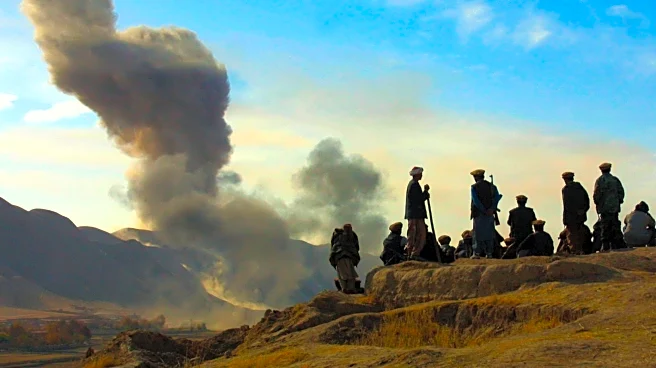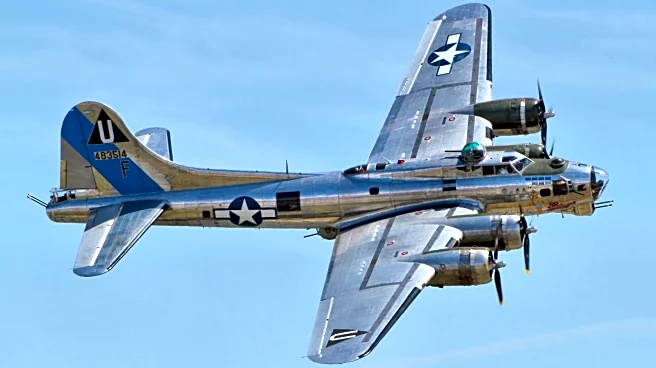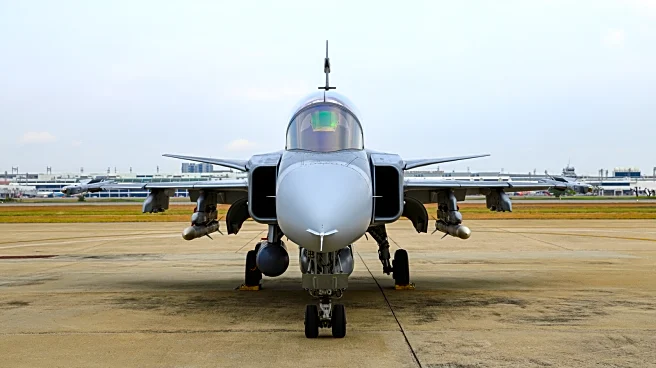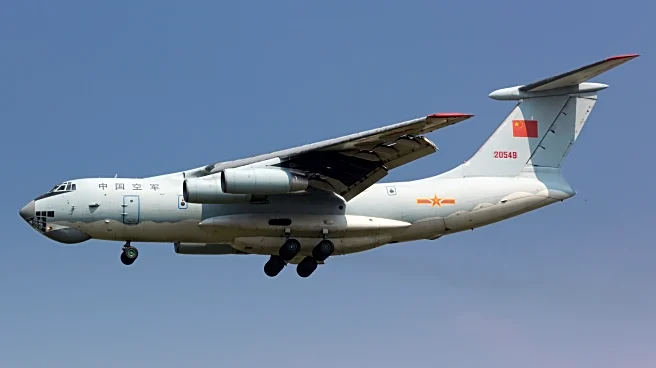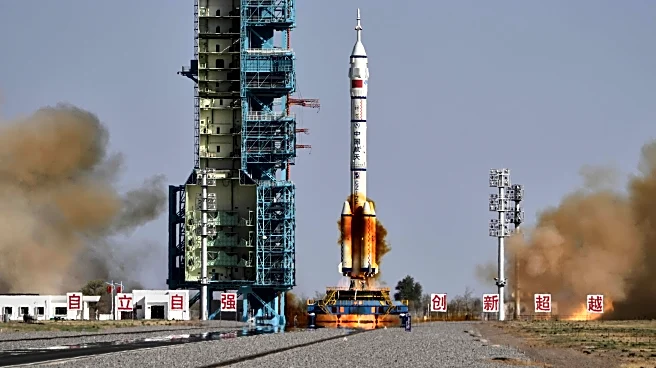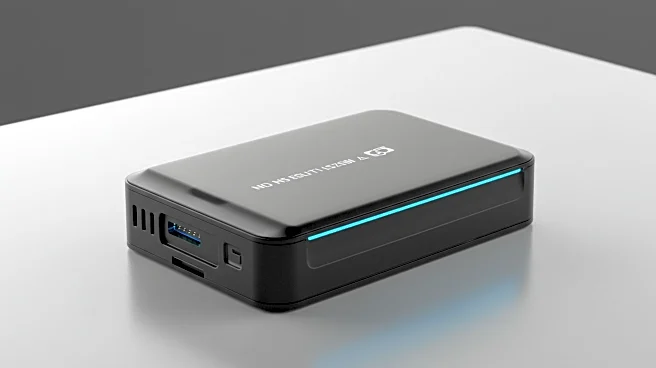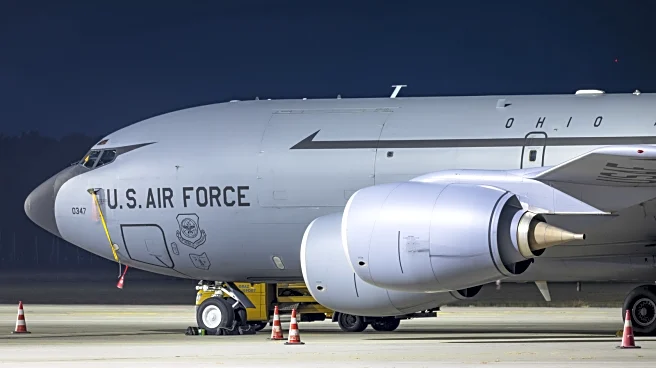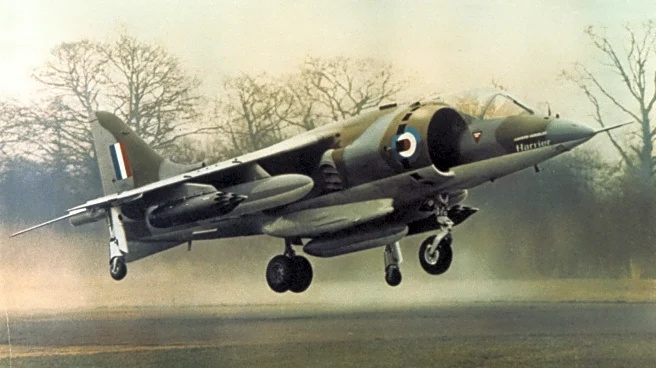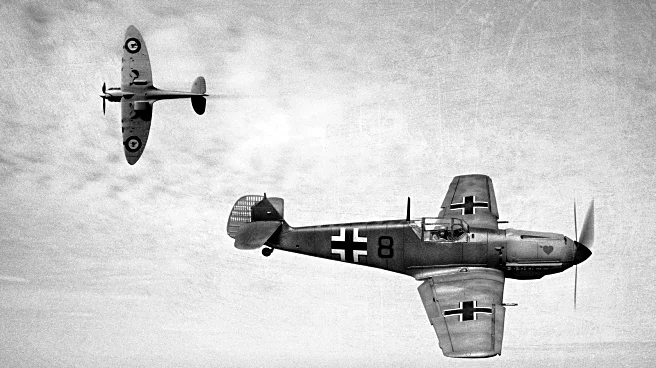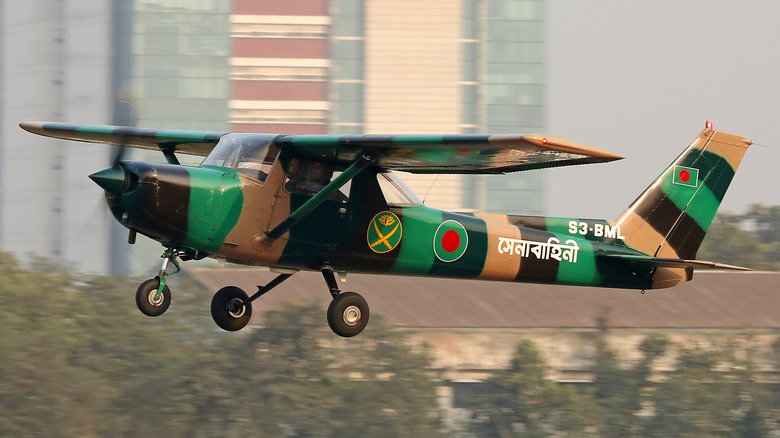
Cessna is an American aviation manufacturer that dates back to the early days of aviation. In 1927, Clyde Cessna partnered up with Victor H. Roos to establish the Cessna-Roos Aircraft Company. However, Roos resigned just a few months afterward, leaving Cessna with sole naming rights and the future of an aircraft company to engineer. He began by building the first official Cessna aircraft model: the Cessna DC-6. The DC-6 was released on October 29, 1929, the same day as the stock market crash that many
consider the beginning the Great Depression — a poor omen for the company, which turned out mercifully inaccurate (at least in the long run, as it died and was revived in 1934).
To say the Cessna Aircraft Corporation was a success is an understatement. Cessna has built some of the most legendary, recognizable, and beloved aircraft of the 20th century. The company was purchased by General Dynamics in the 1980s, which then sold it to Textron Aviation in 1992, and its operations have since been combined with those of Beechcraft and Hawker, but the Cessna brand is still nonetheless alive.
And while primarily known for its approachable private planes and comfortable business jets, this manufacturer has also delved into the world of military aviation. Let's take a look at some of Cessna's notable entries to the field.
Read more: 10 Largest Air Forces In The World, Ranked By Military Aircraft Numbers
T-41 Mescalero
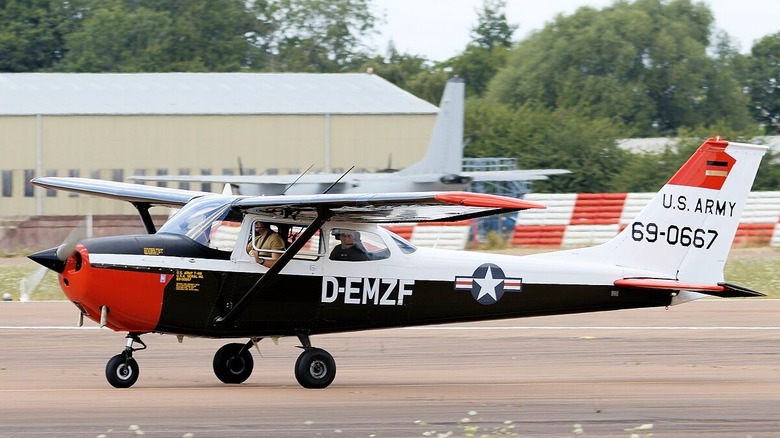
Synergy makes businesses money, and what better way to synergize than to repurpose an already successful airframe? The Cessna 172 Skyhawk is a pilot favorite for its ease of operation, sturdy performance, and a safe operational record.
The T-41 is actually not all that different from the civilian Skyhawk. It isn't bristling with weapons or weighed down with armor plating, nor does it reach supersonic speeds, but you don't need those things in a pilot trainer. The Mescalero first drew interest from as a training craft for the United States Air Force for entry-level pilots. If you couldn't fly a Cessna Skyhawk, odds are you weren't getting behind the stick of an A-4 Skyhawk.
The T-41 entered military service in 1964 when the Air Force ordered 170 stock Cessna 172s. After modifying them by installing larger engines and variable pitch propellers, the civilian 172 became the military T-41A. The Army also got in on the action with its variant, the T-41B. The Air Force liked them so much, it ordered 34 more in 1967.
The T-41s may not have engendered the adoration or glory of combat aircraft, but they served well for decades, not retiring until the mid-1990s, and at least three continue to be used by the U.S. Air Force Academy Flying Team.
O-1 Bird Dog
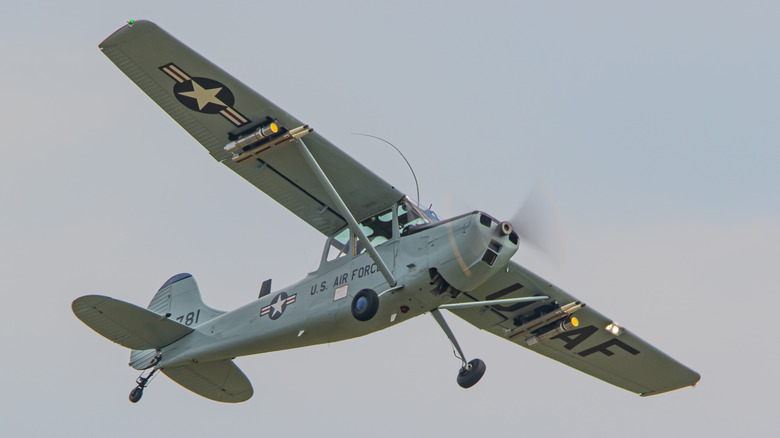
While the T-41 may not have had time in the spotlight, those with an interest in Korea- and Vietnam-era military aviation may recognize the O-1 Bird Dog. If you know anything about the history of Jeep and the Second World War, the Bird Dog's nickname, "the jeep with wings," might clue you in on just how versatile and utilitarian the craft could be.
The Bird Dog entered military service in 1950. Then known as the L-19, the future combat stalwart had a 36-foot wingspan, 26-foot length, and a height of just over 7 feet. It was also light, weighing only 1,614 pounds dry. However, despite its small size the L-19, redesignated the O-1 Bird Dog in 1962, proved to have a lot of heart. It served behind enemy lines, performing tasks such as artillery spotting, supply dropping, laying communication wires, and providing an observation platform for commanders to observe and direct ground operations. Bird Dogs were also used as training platforms.
Though not its primary mission, the O-1 could perform weaponized attacks. Specific configurations included weaponry and armament, including combinations of a pair of .50-caliber machine guns, air-to-ground targeting rockets, a pair of 250-pound bombs, and even a chemical sprayer for defoliation.
The O-1 was officially put out to pasture in 1974 after a stellar career, though agencies and civilians continue to operate them today. In its place were the faster Cessna O-2 and the North American OV-10 Bronco.
A-37 Dragonfly
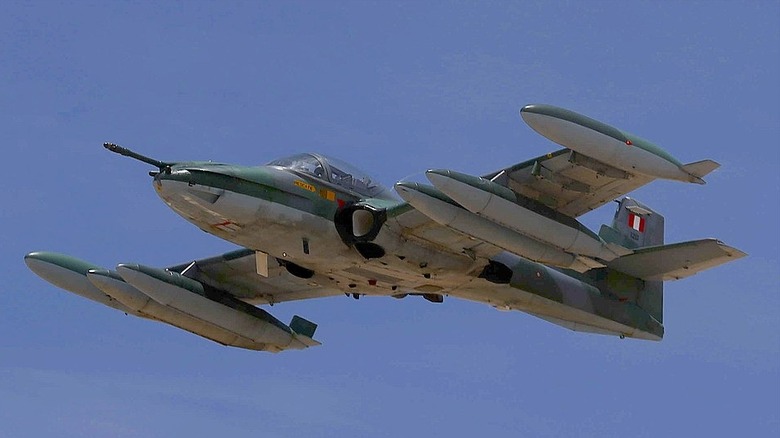
The Bird Dog wasn't the only Cessna to see action in Vietnam, but the A-37 Dragonfly was a different breed. The Dragonfly began life as the Cessna T-37B trainer converted by the U.S. Air Force's Special Air Warfare Center to perform a counter-insurgency role. At 32 feet long, 9 feet high, and with a wingspan of 38 feet, the Dragonfly wasn't much bigger than the Bird Dog, but it packed a much harder punch.
Developed from the T-37 Tweet trainer, the A-37, also known adorably as the Super Tweet, was born a light attack jet aircraft. The Dragonfly sported dual GE G-85-17A turbojet engines, each making 2,850 pounds of thrust. While not notably fast compared to other fighters, it could still achieve 507 mph at 16,000 feet and range up to 460 miles within that performance envelope. Its altitude ceiling was nearly 42,000 feet.
The Dragonfly could carry a 7.62 mm GUA-2B minigun in its nose, and it had eight hardpoints for other weaponry, which could include additional gun pods, rocket pods, and conventional or cluster bombs. All told, it could support up to 4,800 pounds of ordnance.
Like the T-41, the Dragonfly was a successful Cessna military conversion. Cessna built approximately 575 of the airframes, ending in 1977.
T-37 Tweet
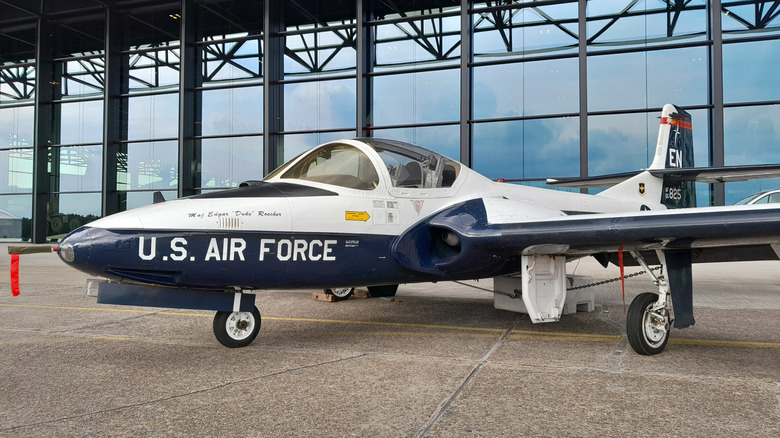
Before the Super Tweet, there was just the Tweet. The Air Force's counter-insurgency Dragonfly emerged from Cessna's bid to build a jet trainer. The Air Force made a request for a turbojet-powered aircraft, and Cessna put forth its model 318, which won the contract and set the T-37 on the path to a long career. Known by its fans and flyers as the Tweety Bird, the T-37 was the first aircraft built from the ground up to serve as a primary trainer for pilots heading toward bigger and faster jets. Its manageable handling characteristics, forgiving power levels, and side-by-side cockpit configuration made it an approachable entry to high-flying military aviation. The Tweet's diminutive nickname may be because it was never powerful enough to be called the Roar. With a pair of Continental J69–T-25 engines making a little over 1,000 pounds of thrust apiece, its 410 mph top speed wasn't much to write home about. However, that was part of its charm. The Tweet was made as a stepping stone to the larger, heavier, and faster Northrop T-38 Talon trainer.
The T-37 proved to be a successful platform in its own right. Overall, more than 1,300 were built, not including the nearly 600 A-37s that used its design. Overall, the Tweet served for 39 years before being retired from the U.S. Air Force, having trained as many as 10,000 pilots.
U-3 Blue Canoe
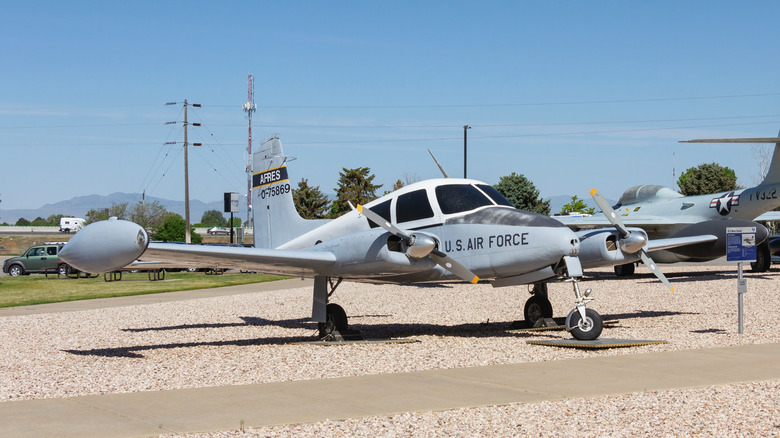
When most people think of Cessna, they think of handleable and reliable people movers. One of the most beloved Cessnas to serve proved to be precisely that. In the late 1950s, the government was searching for a general-purpose utility aircraft. Much like other entries on this list, the Air Force started with a stock Cessna model, the 310, and sprinkled in some modifications for that extra military-spec performance.
The 310 officially became the U-3 when it joined the ranks of the operational Air Force in 1953. It had a long career, proving its value as a warplane when it served as a reconnaissance platform during the Vietnam War. Requiring a crew of one and capable of carrying five total people, it could hit 238 mph and achieve up to 1,000 miles of range on a 100-gallon fuel load.
Perhaps the most interesting part of the U-3's career was as a trainer for the Lockheed U-2 Dragon Lady. If you're wondering what a puddle jumper like the U-3 could teach pilots of a high-altitude spy plane, it was how to land. The single-seat U-2 was notoriously difficult to land, and the early version lacked a second seat that would allow an instructor to accompany a student pilot. The U-3, however, shared similar landing procedures to the U-2, allowing students to practice with an instructor right beside them.
Want the latest in tech and auto trends? Subscribe to our free newsletter for the latest headlines, expert guides, and how-to tips, one email at a time.
Read the original article on SlashGear.
